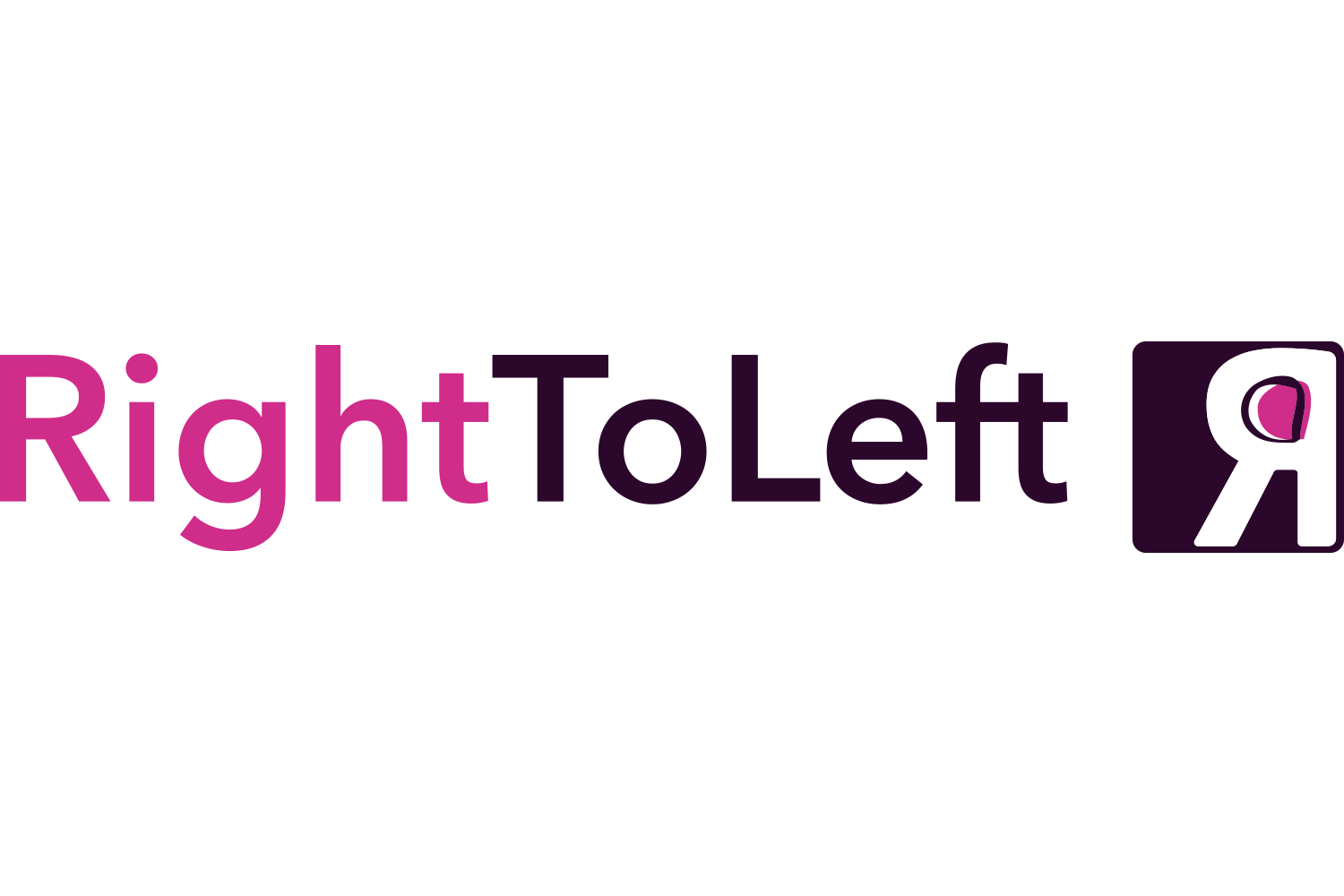How to align your product roadmap to your product strategy
In the past, we’ve talked about how difficult it is when teams are not aligned around the direction of the product.
Team members can have different views about the best way forward. I'm pretty sure you've all experienced this: a situation where you start a vision, a set of goals, and some high level ideas. Yet somehow, everyone’s got a slightly different view about how things should be approached.
This in itself is a problem, but it can be worse when some of those views end up being dramatically different. This in turn causes teams to get distracted, and the more we try to fix things, the more distraction we end up causing for ourselves.
And if you don’t have your team aligned, or your strategy aligned - how on earth will you have your roadmap aligned?
Let’s take a look!
Setting direction without dictating solutions
Before we get on talking about roadmaps, let’s take a few steps back first. In order to have a roadmap, we need to make sure that we have a strategy and a direction.
It’s important to keep in mind though that when trying to set this first step, we don’t confuse it with dictating a solution.
If our strategy dictates the solution, and we're building the strategy at a high level in the leadership group, it means we're doing the work of the product teams for them. This also means we're making decisions based on little to no evidence. We're not going in deep enough to the problem to deliver or dictate a solution correctly.
As your company grows, matures and evolves, you need to be able to support decisions and mitigate risks by thoroughly understanding why those decisions are being made in the first place.
One big challenge is being able to remove the founder from solely making these decisions. It is not uncommon to find that in early stages, they were the product manager and product leader. As the organisation scales, it's sometimes hard for the founder to realise they can't do this anymore, and they need to (have to) let go of this and trust the people they hire.
The reality is founders (and leadership) will be more and more removed from speaking to customers every day. As this change comes about, the structure of relationships evolve - as does the process of research and evidence, and the opportunities that are uncovered.
Aligning strategy to value
As part of the leadership team, we should be able to empower our teams for strategic direction so that they can build amazing products. This will further empower your team to solve problems that really matter to the customer, and actively invest in things that are going to have an impact.
We all know the worst thing that can happen is to have no strategy. But what happens if the product strategy is well defined, but not well understood? For one, the strategy won’t be used, and it can lead to making decisions that are tactical and reactive, rather than strategic.
The product VCP can help clarify some of those questions by making sure that the product strategy is aligned to how we are providing value for the customer. It answers some of those “whats” and “whys” behind decision making, ensuring that there aren’t question marks or blank spaces that are open for interpretation (thus again, leading to everyone having vastly different approaches.)
Articulating strategy on the roadmap
Once we have aligned on the strategy, the value, and the direction (always based on evidence!), it’s time to articulate that strategy in a product roadmap.
And this is where things get really interesting.
Often that strategy is expressed as features on a roadmap, rather than outcomes based on the value we are trying to provide the customer. This results in a list of solutions to build, and leads us to being less aligned with strategic thinking.
Solutions are commitments. They are hard to change and quite limiting.
Outcomes, on the other hand, give our teams the empowerment they need to be able to explore a variety of solutions and potential features. They give us the space to gather evidence around which decisions to make, which to avoid, and which will help us provide that constant value that the customer is looking for. The reality is that without value, all we’re doing is building features nobody wants.
And this is how it all comes together.
A solid vision supplemented by a product VCP will help your entire team understand how the strategy is aligned with customer value. This in turn empowers us to create a roadmap based on outcomes, instead of a list of solutions based on no evidence. This not only helps prevent the risk of business failure, but sets you on the path to positive adoption and growth, allowing your teams to build products people love.

